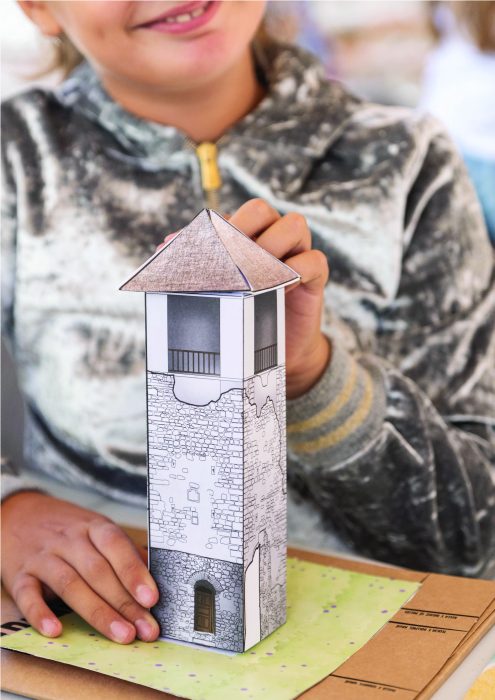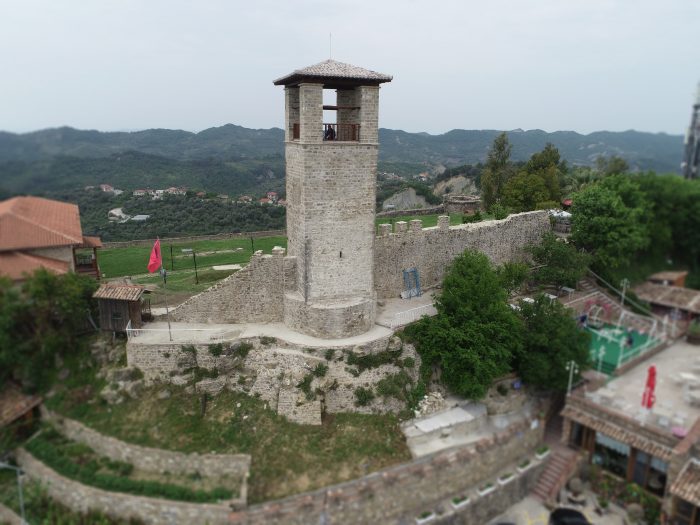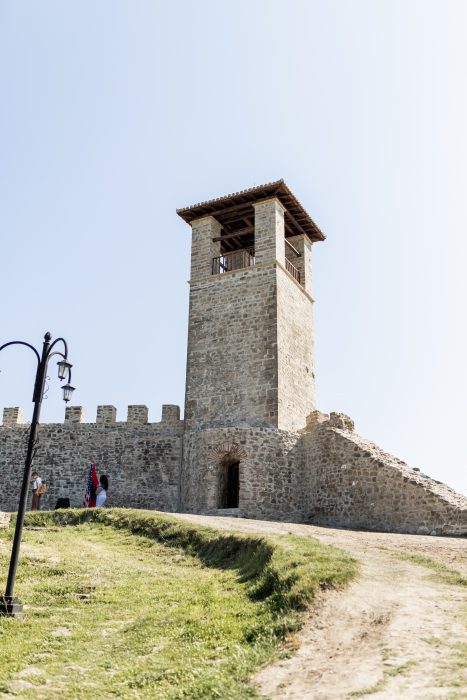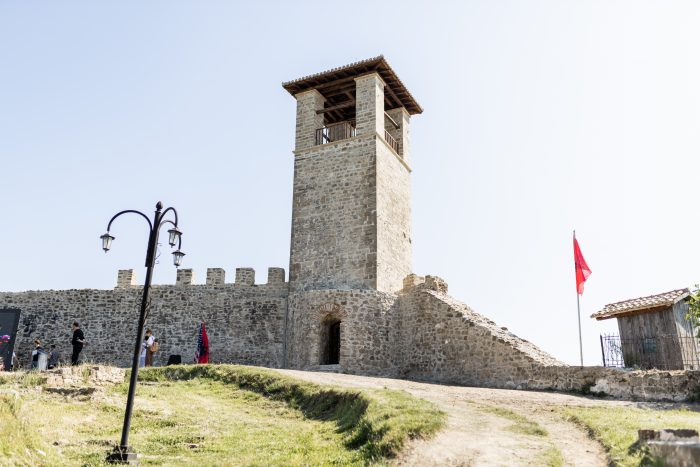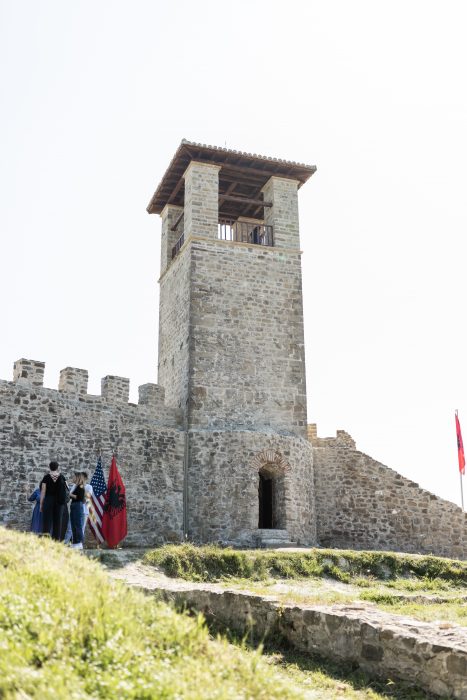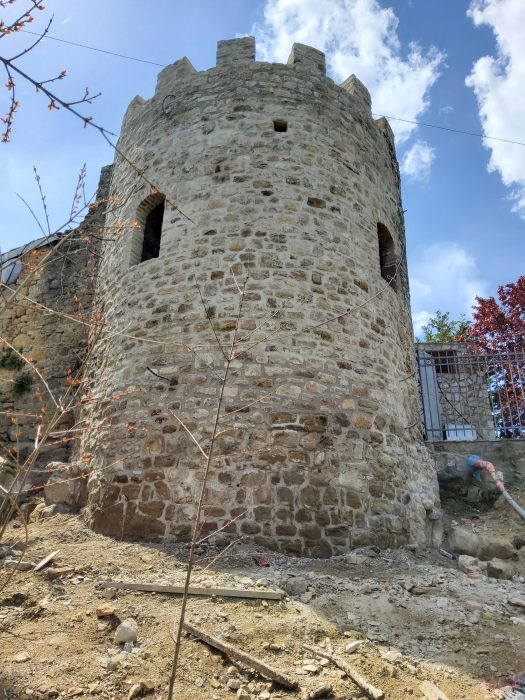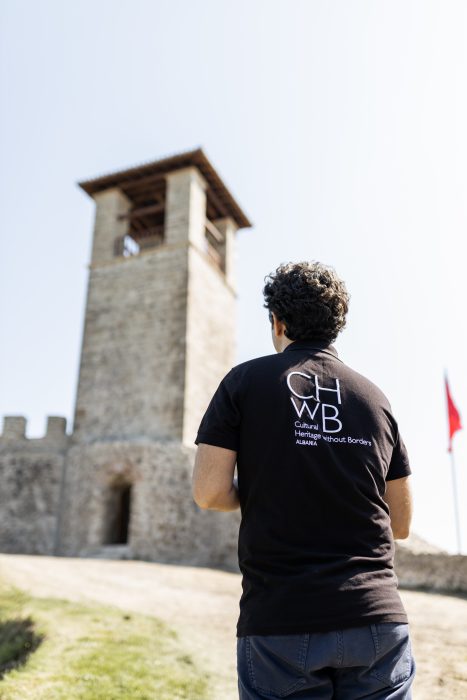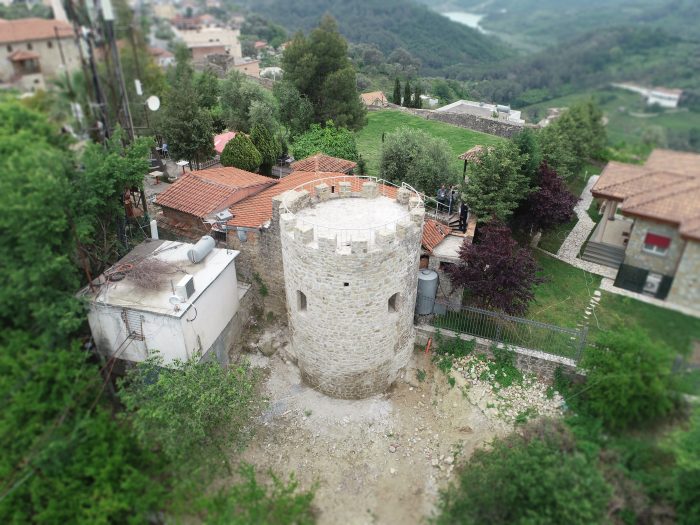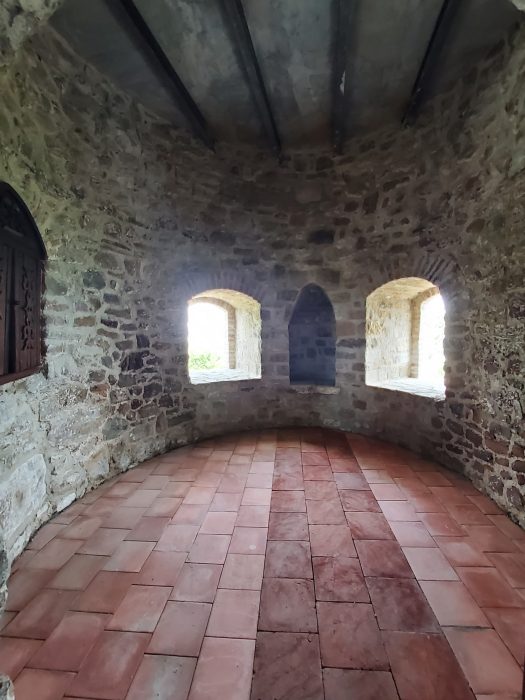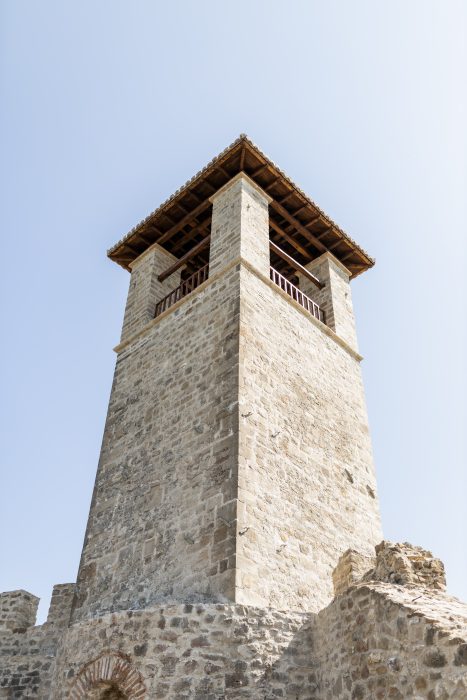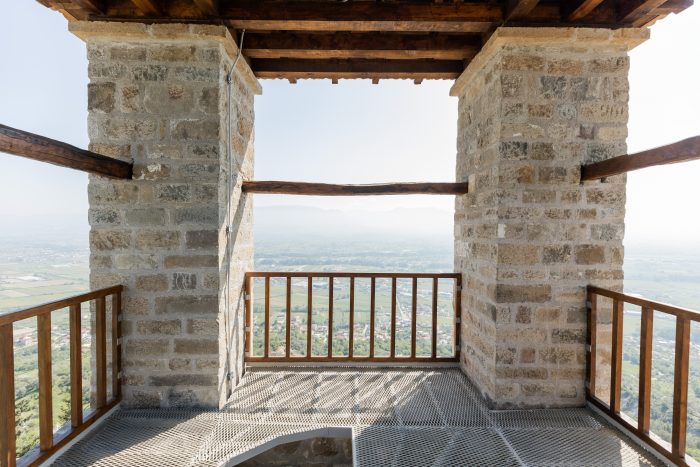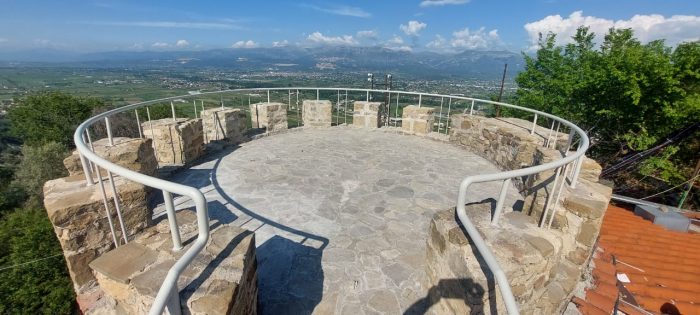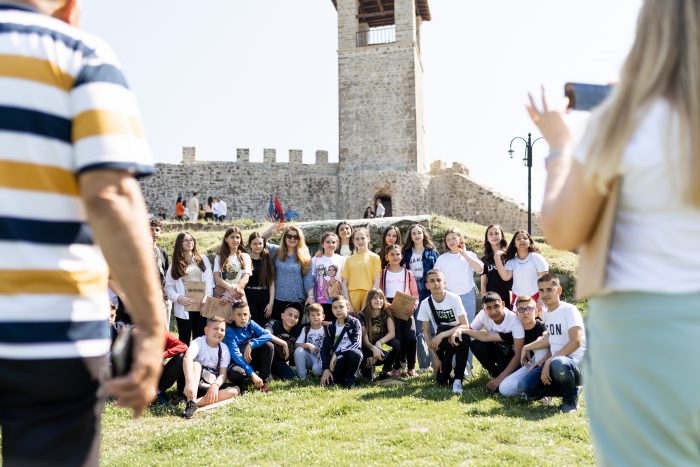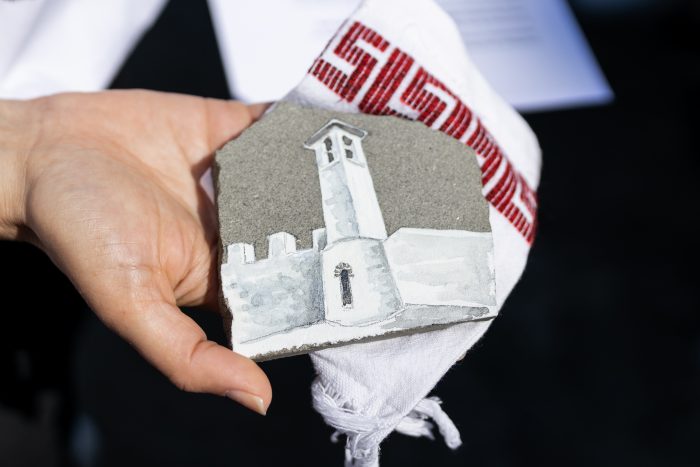Të dhëna mbi projektin
-
Studio
CHwB Albania
-
Faqja e Studio
-
Statusi
Completed
-
Viti i ndërtimit
2021-2022
-
Photography
Liridon Cani dhe CHwB Albania
-
Ekipi
CHwB Albania, Ing. Grigor Angjeliu, Ing. Ervin Paci, Ark.Rest. Arben Spaho, Rest. Gjerak Karaiskaj
Përshkrimi
The Castle of Preza represents a very interesting fortified heritage asset, having a very strategic location in the proximity of the capital, and developing in a unique natural landscape set up, on top of a hill. The Castle is believed to have been built during the 15th century and represents a fortification with a long history of different intervention phases, more precisely four phases as part of its construction. The rounded towers you can still notice today on its corners belong to the second historic phase and the clock tower, today’s symbol of this Castle, is believed to have been built upon one of these rounded towers, around the 1850’.
The disastrous earthquake of November 2019 had a catastrophic impact on most of the tangible cultural heritage in Albania including the castle of Preza.

There was a major masonry collapses on the two towers including the fortification wall in between. The upper part of the clock tower, including the four columns, the wooden roof structure and a big fragment of wall masonry was destroyed and the walls were severally damaged. A big fragment of the round tower containing windows and a chimney also collapsed. Several damages suffered the fortification wall too, including the collapse of some of its battlements.

Therefore an immediate reaction to tackle this emergent status-quo of the monument was needed.
Through the financial support of the U.S. Ambassadors Fund for Cultural Preservation (AFCP) and Sweden, and the scientific support of the World Monuments Fund, Cultural Heritage without Borders Albania (CHwB Albania) designed the intervention proposal and coordinated the restoration and reinforcement process for the damaged assets in Preza.
An emergent stabilization and propping of both towers including the removal of dangerous, free standing fragments, initiated the process.
To understand better the actual state of the monument referring to the different historical periods and interventions, databases and archives from the Institute of Monuments were consulted.
The final proposal included several interventions. The restoration of the fortification wall went through a series of processes from cleaning, repointing, grouting and wall reformulations. The same processes were applied on the rounded tower and the clock tower too. The interventions on both towers were more challenging and delicate and required a higher level of engineering expertise since the processes went from reconstruction to structural rehabilitation through reinforcement using innovative materials on the inside masonry structure.
Most of the original collapsed stones were selected and reused in the process of reconstruction, while additional stones from the collapsed houses nearby were also collected and used.
Experienced local craftsman from Preza, with knowledge on local traditional techniques, were involved in the process. They worked on the reconstruction of the wooden roof and the four columns of the clock-tower, simultaneously rebuilding and reinforcing the rounded tower collapsed masonry.
Several analyses and tests focused on the rounded tower terrain geology and composition were conducted. The results of the tests served the experts to understand better the masonry collapse mechanism and propose reinforcement interventions.
A final important goal was to make this monument accessible and visitor-friendly, therefore the inner existing metallic staircase of the clock tower was reinforced and restored as well as the terrace of the rounded fortification tower was furbished with a safety metallic hand-railing that would welcome visitors and make their experiencing of the monument and the landscape panorama it provides, unforgettable.
The implementation works were conducted between April 2021 to April 2022. It represents a project of monument recovery, making it more resistant to other possible future natural hazards. The treatment of existing pathologies that hadn’t been addressed over the years and the structural stabilisation had the final purpose to re-bring this monument back to the community of Preza and to the next generations to come.
Vendndodhja
Preze, Vorë, Tirana, Albania

